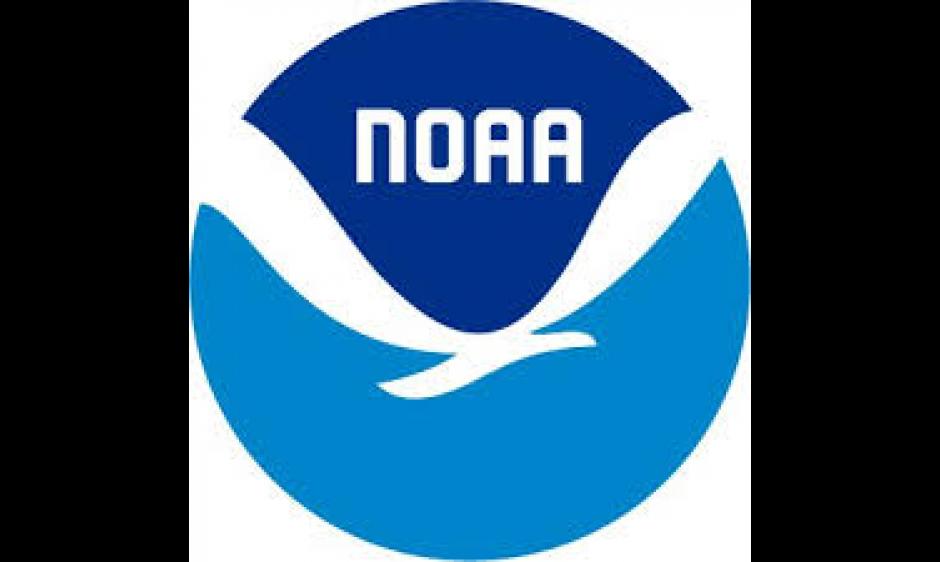
For Immediate Release [May 9, 2024]
MEDIA ADVISORY
NOAA forecasts severe solar storm; media availability scheduled for May 10
NOAA’s Space Weather Prediction Center (SWPC) — a division of the National Weather Service — is monitoring the sun following a series of solar flares and coronal mass ejections (CMEs) that began on May 8. Space weather forecasters have issued a Severe (G4) Geomagnetic Storm Watch for the evening of Friday, May 10. Additional solar eruptions could cause geomagnetic storm conditions to persist through the weekend.
A large sunspot cluster has produced several moderate to strong solar flares since Wednesday at 5:00 am ET. At least five flares were associated with CMEs that appear to be Earth-directed. SWPC forecasters will monitor NOAA and NASA’s space assets for the onset of a geomagnetic storm.
CMEs are explosions of plasma and magnetic fields from the sun’s corona. They cause geomagnetic storms when they are directed at Earth. Geomagnetic storms can impact infrastructure in near-Earth orbit and on Earth’s surface, potentially disrupting communications, the electric power grid, navigation, radio and satellite operations. SWPC has notified the operators of these systems so they can take protective action. Geomagnetic storms can also trigger spectacular displays of aurora on Earth. A severe geomagnetic storm includes the potential for aurora to be seen as far south as Alabama and Northern California.
WHAT: Media availability via teleconference on the unfolding space weather event and Geomagnetic Storm Watch.
WHO: Experts from NOAA’s Space Weather Prediction Center
WHEN: Friday, May 10, 2024; 10 a.m. EDT
CALL-IN #: 630-395-0205
INTERNATIONAL (TOLL FREE): 800-988-9736
PASSCODE: 8186632
VIDEO: https://www.youtube.com/watch?v=-dr2BIlDGDk&feature=youtu.be.
Video Caption: NOAA’s GOES-16 satellite captured the eruption from the sun that occurred around 2 p.m. EDT on May 9, 2024. Credit: NOAA
NOAA's Space Weather Prediction Center is the official source for space weather forecasts, watches, warnings and alerts. Visit www.spaceweather.gov for updates. The public can subscribe to receive NOAA space weather alerts, warnings, and watch information at pss.swpc.noaa.gov.
Contact: Erica Grow Cei, erica.grow.cei@noaa.gov, 202-853-6088
NWS Public Affairs, NWS.PA@noaa.gov, 301-427-9000